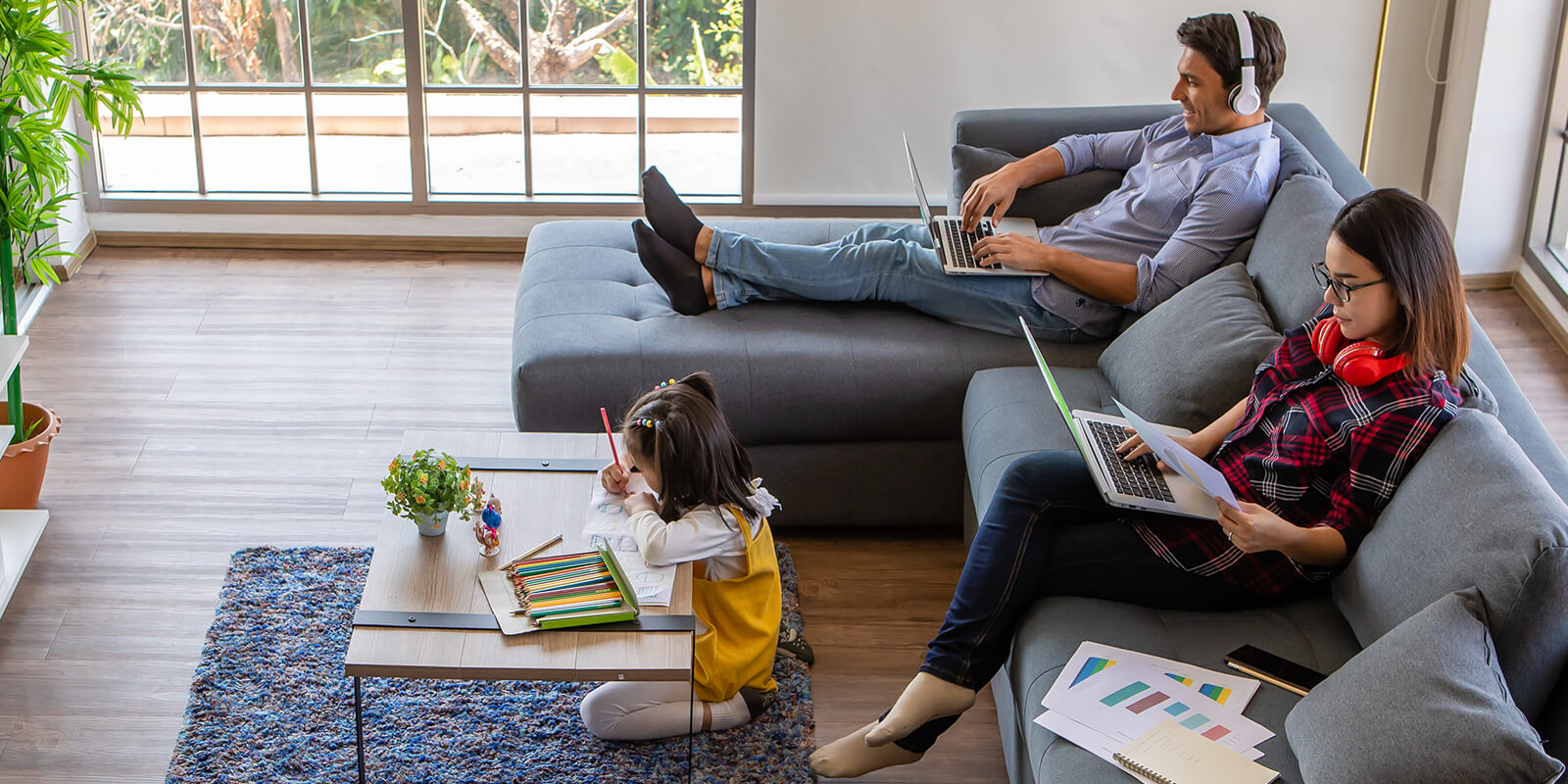
How to keep nontraditional students enrolled and on track
When every enrollment matters to the health of an institution and, more importantly, to the dreams of every student, keeping them on track to graduate is vital. And when you have a nontraditional student body, they need a student support services team to step in to play a central role, helping students transition back to the classroom.
As student support specialists at Pearson, my team has the privilege of connecting with online students, supporting their goals, and providing resources for their success.
Throughout the COVID-19 pandemic, we worked closely with our retention managers and institutions (we call them academic partners) to alleviate some of the additional stress this pandemic has placed on students.
Along the way, we learned three key lessons that can help your team whether your student support services are provided by a partner or from an in-house team.
Help nontraditional learners balance school and life
When nursing student Mary* called me in March 2020, she was in her final semester and didn’t know how she was going to earn the remaining credits she needed to graduate. With elementary-school age children and a newborn, she was already juggling a lot. And with facilities closed, she struggled with figuring out how to meet her program’s clinical requirements.
We worked with her institution to communicate the school’s policies with Mary. But, more broadly, our student support services team became a crucial lifeline for students. We reached out proactively to:
- educate students on how credits for the clinical portion of the program would work
- share the university’s plans for a virtual graduation ceremony
- ease their fears about how colleges and universities could continue to operate seamlessly and safely
Nontraditional students tend to be older than traditional college students. They have careers, marriages, and children to contend with on top of managing their studies. The students we support reflect this reality as well. According to the 2020 Pearson Enrollment Experience Survey, for enrollments in our graduate programs:
- the average age is 37, compared to a traditional graduate student at 32 years old
- over half (53%) are married and have children
- students are working/experienced, with 78% of students working full-time and 50% having at least 7 years of work experience
Focus on student mental health and wellbeing
Like everyone everywhere, our nontraditional learners grew weary as the months dragged on and the pressures mounted. They had jobs, kids, and life stressors on top of working toward completing their degrees. Their previously mapped out routines of school, work, and family had dissolved. Some students continued to juggle homeschooling kids with work and school. Others struggled to find work while keeping up with their education.
While online courses remained constant, the balancing act became harder. We spoke with students, employed as front-line workers, who contracted COVID-19. We became the ear for many, helping students cope with all the changes. We realized that we needed to:
- direct students to mental health resources
- advise them on time management and organizing tips
- encourage students to keep going or take time off for self-care when needed
Serve nontraditional students in novel ways
When nursing student Josefina* needed to find a clinical placement, she faced a roadblock that could have derailed her studies. She was living overseas with her military spouse and didn’t have many options for placement since the country where they were based was in lockdown.
Our solution? Josefina participated in a Zoom session with her academic advisor and student support specialist to develop a plan that would help her lock in a clinical placement on the base.
We learned to:
- tailor solutions to the student
- connect students with program staff
- coach them on options to complete program requirements